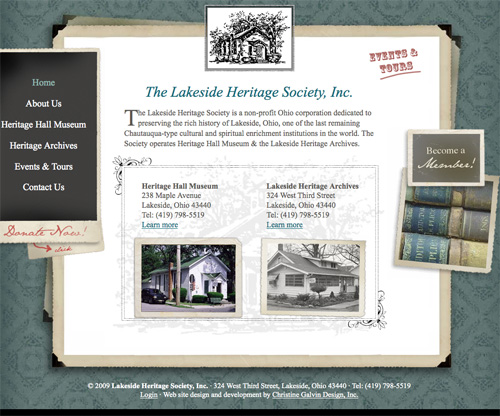
- •Методичні рекомендації
- •Вступ до методичних рекомендацій
- •Unit I Painting
- •II Reading
- •III. Language
- •IV. Text understanding
- •VII Language
- •VIII Text understanding
- •Exercise 19. Define the type of technique of paintings. What techniques were not mentioned in this text?
- •XI. Oral Practice
- •I. Vocabulary
- •II Reading
- •III. Language
- •IV. Text understanding
- •V. Oral practice.
- •VI Reading and Comprehension
- •Text b Tone, form and proportion, perspective
- •VII. Language
- •VIII Text understanding
- •IX Oral Practice
- •X Reading and Comprehension
- •XI Oral Practice
- •II Reading
- •III. Language
- •IV. Text understanding
- •Guideline – керівний принцип
- •Text b Rule of thirds
- •Rule of odds
- •VII Language
- •VIII Text understanding
- •X Reading and Comprehension
- •Text c Top 10 Painting Tips for Strong Compositions
- •Text d Guide on Choosing the Appropriate Format When You Design a Drawing or Painting
- •A painting can take on different looks with each format.
- •XI. Oral Practice
- •IV Color
- •II Reading
- •Text a Color theory
- •III. Language
- •IV. Text understanding
- •Text b What is Color Harmony?
- •Creating Color Harmony
- •Color Harmonies
- •VII Language
- •VIII Text understanding
- •IX Reading and Comprehension
- •Examples
- •Examples
- •Examples
- •X. Oral Practice
- •Appendix
- •Table 3
- •Список рекомендованої літератури
Examples
|
|
Tones
Tones are created when grey is added to a hue. Tones are generally duller or softer-looking than pure hues.
Tones are sometimes easier to use in designs. Tones with more grey can lend a certain vintage feel to websites. Depending on the hues, they can also add a sophisticated or elegant look.
Examples
|
|
Shades
A shade is created when black is added to a hue, making it darker. The word is often incorrectly used to describe tint or tone, but shade only applies to hues made darker by the addition of black.
In design, very dark shades are sometimes used instead of black and can serve as neutrals. Combining shades with tints is best to avoid too dark and heavy a look.
Examples
|
|
Tints
A tint is formed when white is added to a hue, lightening it. Very light tints are sometimes called pastels, but any pure hue with white added to it is a tint.
Tints are often used to create feminine or lighter designs. Pastel tints are especially used to make designs more feminine. They also work well in vintage designs and are popular on websites targeted at parents of babies and toddlers.
Examples
|
|
Exercise 17. Translate the text D in written.
Text D Warm vs. cool colors
The distinction between warm and cool colors has been important since at least the late 18th century. It is generally not remarked in modern color science or colorimetry in reference to painting, but is still used in design practices today. The contrast, as traced by etymologies in the Oxford English Dictionary, seems related to the observed contrast in landscape light, between the "warm" colors associated with daylight or sunset and the "cool" colors associated with a gray or overcast day. Warm colors are often said to be hues from red through yellow, browns and tans included; cool colors are often said to be the hues from blue green through blue violet, most grays included. There is historical disagreement about the colors that anchor the polarity, but 19th century sources put the peak contrast between red orange and greenish blue.
Color theory has described perceptual and psychological effects to this contrast. Warm colors are said to advance or appear more active in a painting, while cool colors tend to recede; used in interior design or fashion, warm colors are said to arouse or stimulate the viewer, while cool colors calm and relax. Most of these effects, to the extent they are real, can be attributed to the higher saturation and lighter value of warm pigments in contrast to cool pigments. Thus, brown is a dark, unsaturated warm color that few people think of as visually active or psychologically arousing.
Compare the traditional warm–cool association of color with the color temperature of a theoretical radiating black body, where the association of color with temperature is reversed. For instance, the hottest stars radiate blue light (i.e., with shorter wavelength and higher frequency) and the coolest radiate red.









